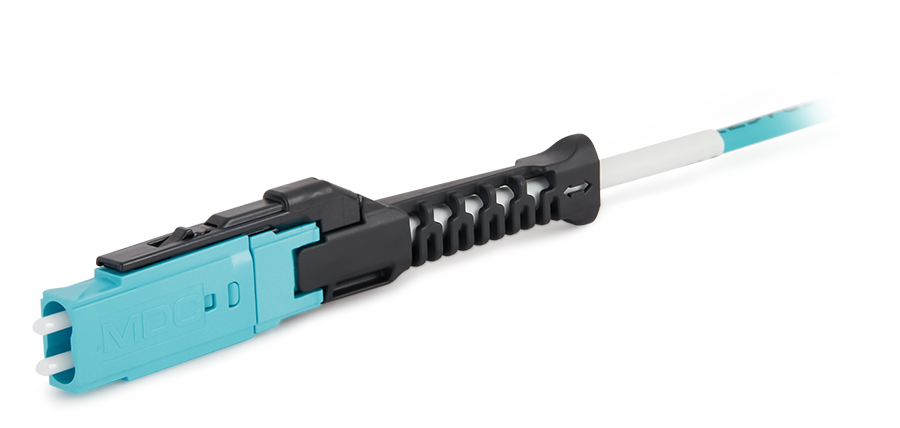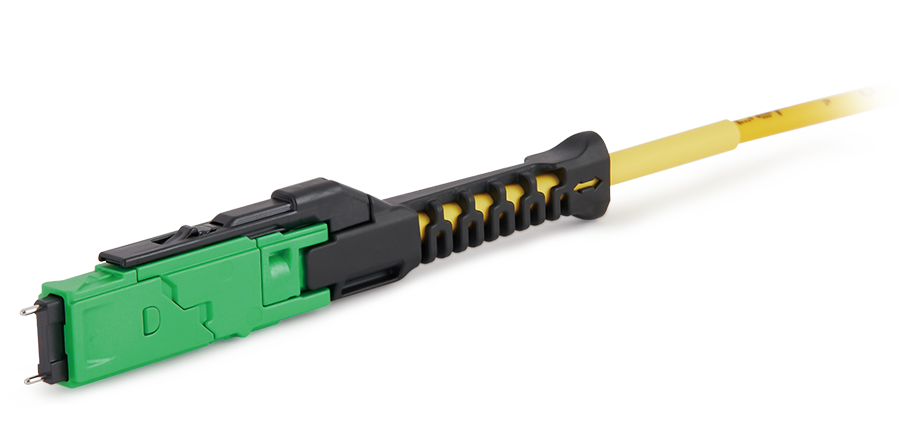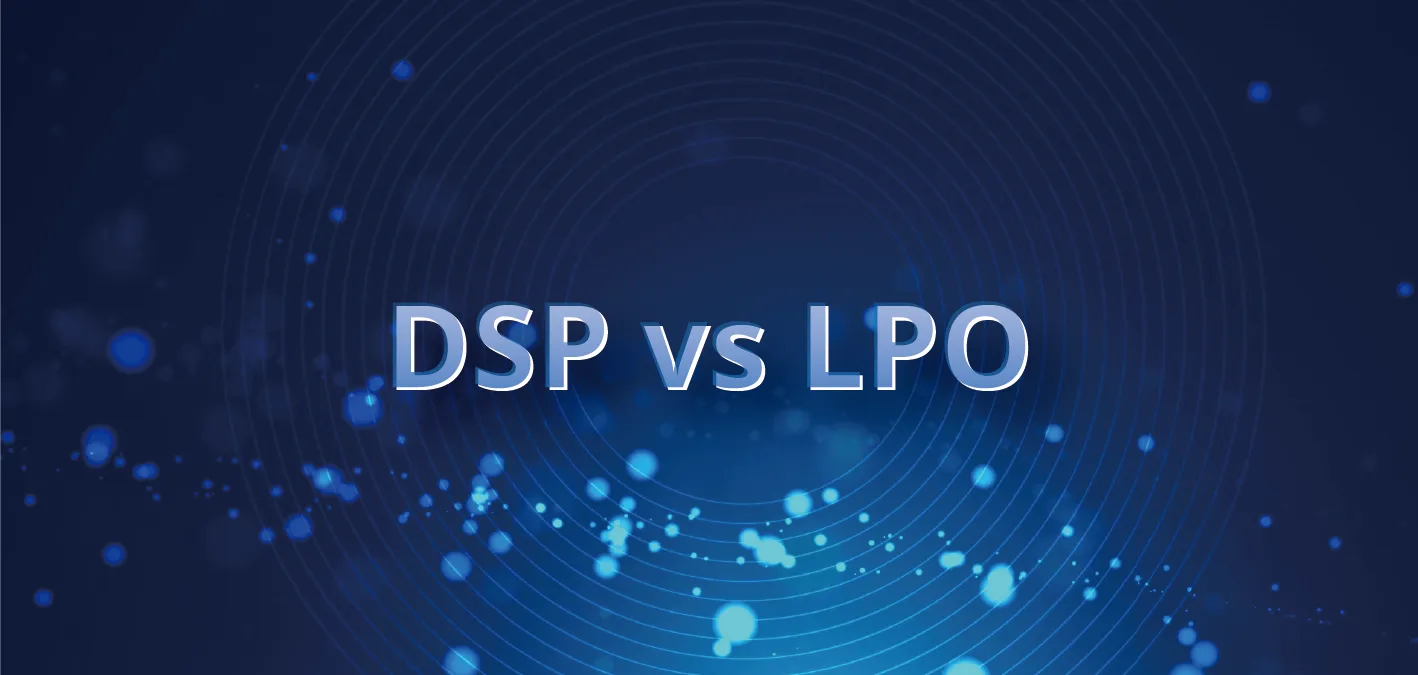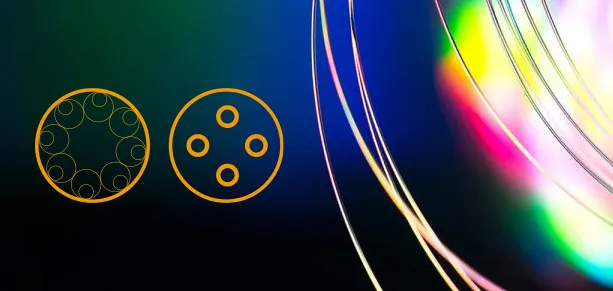1. How will fiber cabling survive the future?
Data center has been in the process of dynamic development, so how can we build a long-term stable infrastructure, so that the wiring scheme changing with the times on this basis achieves better "growth"? In many cases, we will increase the link loss due to improper cabling. In addition, improper design can not adapt to the future transmission speed or need to change the topology for migration, which will bring great uncertainty to all aspects including the future input.
In order to meet the needs of the development of cabling infrastructure in data centers, it is necessary to fully analyze the link loss budget of the passive components of the end-to-end optical fiber link in the system before designing the optical fiber system. It is recommended to be conservative when analyzing the link loss budget. Ethernet, Fibre Channel, and InfiniBand provide a variety of link loss budget specifications that are readily available and provide maximum loss data. One recommended approach is to design the interconnection scheme to achieve 70% of the maximum loss budget, i.e. to ensure a certain amount of redundancy. This conservative approach will go a long way towards ensuring that our equipment works properly on the installed optical link.
2. Design challenges
The first challenge in creating a link design is the standard loss level assigned to the required components. Research is a must. Standard ratings should not be the final criterion for product selection. The value embodied in a given standard by the standards organization has the characteristics of universal application, is a minimum recommended requirement and starting point reference, and it has set aside a loss margin for us in the link budget. Our application in practical design should exceed these industry standards.
High quality and low loss fiber connectors (LC and MPO) have a complex and labor-intensive end-to-end process, which can be costly for even the most technologically advanced manufacturers.
Allowing higher link losses will mean lower costs. For maximum design flexibility, choose products with a connection loss range of 0.15 to 0.25dB per LC and an MPO loss range of 0.20 to 0.35 dB per LC. The fiber infrastructure deployed on top of this is expected to last 10 to 15 years and may exceed current industry standards.

 Fiber Optic Flex Circuit (FOFC)
Advanced Simulation & Optimization, High Positioning Accuracy, Flexible Customization, Rigorous Reliability Testing
Fiber Optic Flex Circuit (FOFC)
Advanced Simulation & Optimization, High Positioning Accuracy, Flexible Customization, Rigorous Reliability Testing MDC Solution
US Conec's MDC connector is a Very Small Form Factor (VSFF) duplex optical connector, expertly designed for terminating single-mode and multimode fiber cables with diameters up to 2.0mm.
MDC Solution
US Conec's MDC connector is a Very Small Form Factor (VSFF) duplex optical connector, expertly designed for terminating single-mode and multimode fiber cables with diameters up to 2.0mm. MMC Solution
US Conec's Very Small Form Factor (VSFF) multi-fiber optical connector that redefines high-density connectivity with its cutting-edge TMT ferrule technology and intuitive Direct-Conec™ push-pull boot design.
MMC Solution
US Conec's Very Small Form Factor (VSFF) multi-fiber optical connector that redefines high-density connectivity with its cutting-edge TMT ferrule technology and intuitive Direct-Conec™ push-pull boot design. EN
EN
 jp
jp  fr
fr  es
es  it
it  ru
ru  pt
pt  ar
ar  el
el  nl
nl 



_and_High-Reflection_(HR)_Optical_Coatings.webp)
